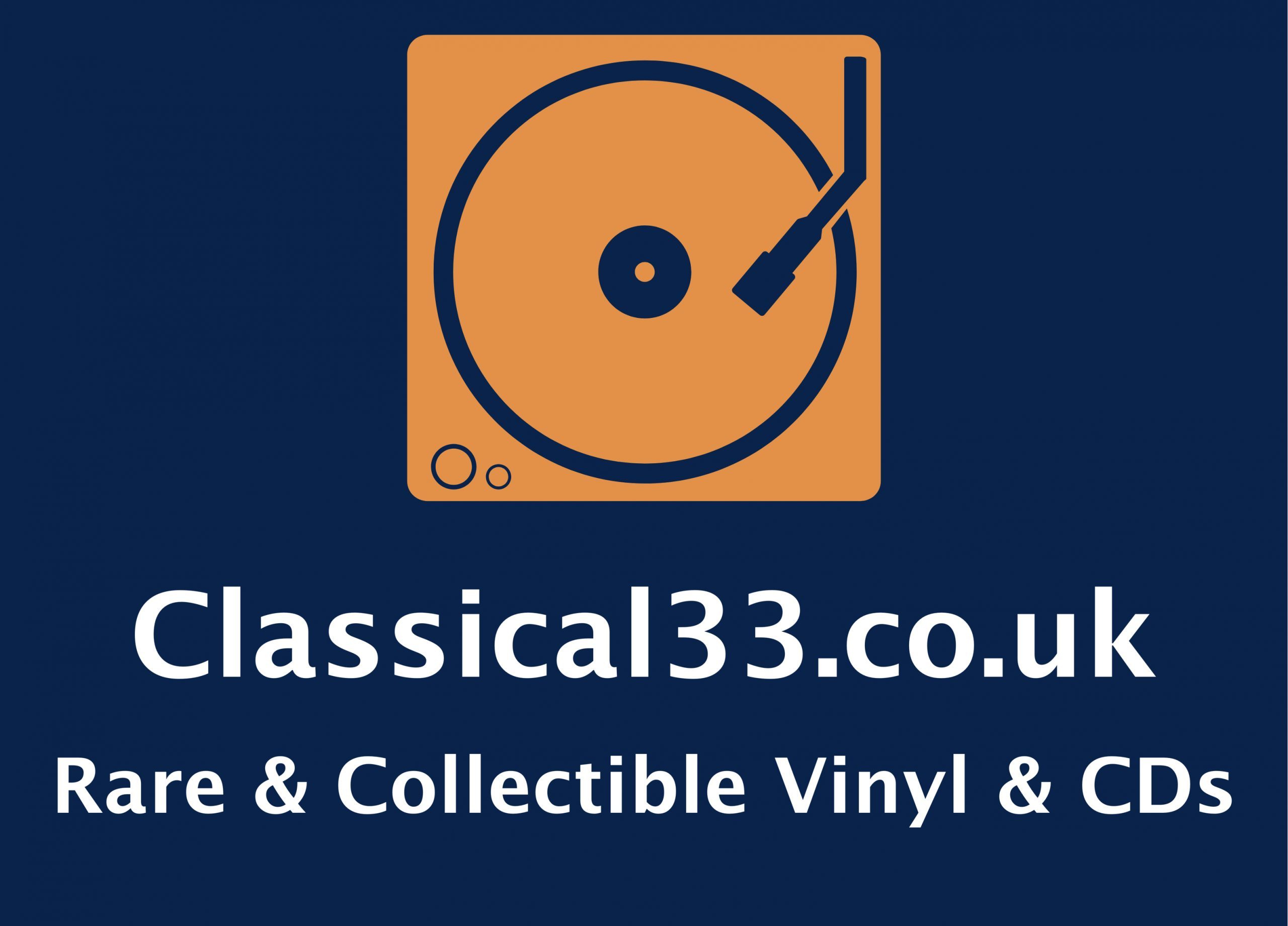
Introduction to Earworms:
Have you ever found yourself humming the same tune over and over again, unable to shake it off? You’re not alone. Many people experience the curious phenomenon known as an “earworm” – a catchy piece of music that loops incessantly in the mind, sometimes for hours or even days. Earworms can be both delightful and frustrating, but what exactly causes them? In this article, we delve into the science behind earworms to understand why certain melodies get stuck in our heads and what factors contribute to this captivating yet sometimes vexing experience.
What is an Earworm?
An earworm, also referred to as an involuntary musical imagery (INMI), is a catchy and repetitive fragment of music that plays repeatedly in one’s mind without conscious effort. These snippets of music can range from a few notes to entire choruses and can be triggered by external stimuli such as hearing a song on the radio or internally generated without any apparent external cues.
The Experience of an Earworm:
Earworms are often described as intrusive, yet they can vary greatly in intensity and duration from person to person. Some individuals may find them enjoyable and even use them as a form of mental stimulation or distraction, while others may find them annoying or distracting, especially when trying to focus on tasks that require concentration.
The Science Behind Earworms:
Several factors contribute to the occurrence of earworms, including the structure of the music itself, individual differences in cognitive processing, and psychological mechanisms. Let’s explore each of these factors in more detail:
- Musical Structure:
Certain characteristics of music make it more likely to become an earworm. Catchy melodies with simple, repetitive patterns and a strong rhythmic or harmonic structure are more likely to get stuck in our heads. These melodies often have a hook or a memorable phrase that easily embeds itself in our memory, making it more susceptible to involuntary recall.
Additionally, the “repetition-eliciting factor” plays a significant role in earworm formation. When a song has a repetitive structure or features a recurring motif, it increases the likelihood of it becoming stuck in our minds. This repetition primes our brains for continued processing of the musical information, reinforcing its presence in our mental space.
- Cognitive Processing:
Individual differences in cognitive processing also influence susceptibility to earworms. Research suggests that people who are more musically inclined or have a greater tendency to engage in musical imagery are more likely to experience earworms. This could be due to differences in auditory memory, attentional processes, or the way the brain encodes and retrieves musical information.
Moreover, the “Zeigarnik effect,” a psychological phenomenon that describes the tendency to remember unfinished or interrupted tasks, may contribute to the persistence of earworms. When a musical passage or song is left unresolved or incomplete, our brains may continue to loop it in an attempt to achieve closure, leading to the persistence of the earworm.
- Emotional and Contextual Factors:
Emotions and contextual cues also play a significant role in the formation and persistence of earworms. Music has a powerful ability to evoke emotions and associations, and songs that are linked to specific memories or experiences are more likely to become earworms. For example, hearing a song associated with a particular time or place may trigger its involuntary recall, even if it has been years since the initial exposure.
Furthermore, stress, fatigue, or boredom can increase susceptibility to earworms by altering cognitive processes and reducing inhibitory control. In these states, our brains may be more prone to repetitive thought patterns, making it easier for earworms to take hold and persist.
Managing Earworms:
While earworms can be challenging to control, there are several strategies that individuals can employ to manage them effectively. These include:
- Engaging in a competing task or activity to distract the mind from the earworm.
- Listening to a different piece of music to interrupt the repetitive pattern.
- Engaging in mindfulness or relaxation techniques to reduce stress and cognitive overload.
- Completing the unresolved musical passage or mentally “finishing” the song to achieve closure.
Conclusion:
Earworms are a fascinating and ubiquitous aspect of human experience, reflecting the intricate interplay between music, memory, and cognition. While the exact mechanisms underlying earworm formation remain the subject of ongoing research, it is clear that a combination of musical structure, cognitive processing, and emotional factors contribute to their occurrence. By understanding the science behind earworms, we can gain insights into how our brains process and perceive music, as well as develop strategies for managing and embracing this captivating phenomenon. So the next time you find yourself with a catchy tune stuck in your head, remember that you’re not alone – and there’s science behind the music playing in your mind.




























































































